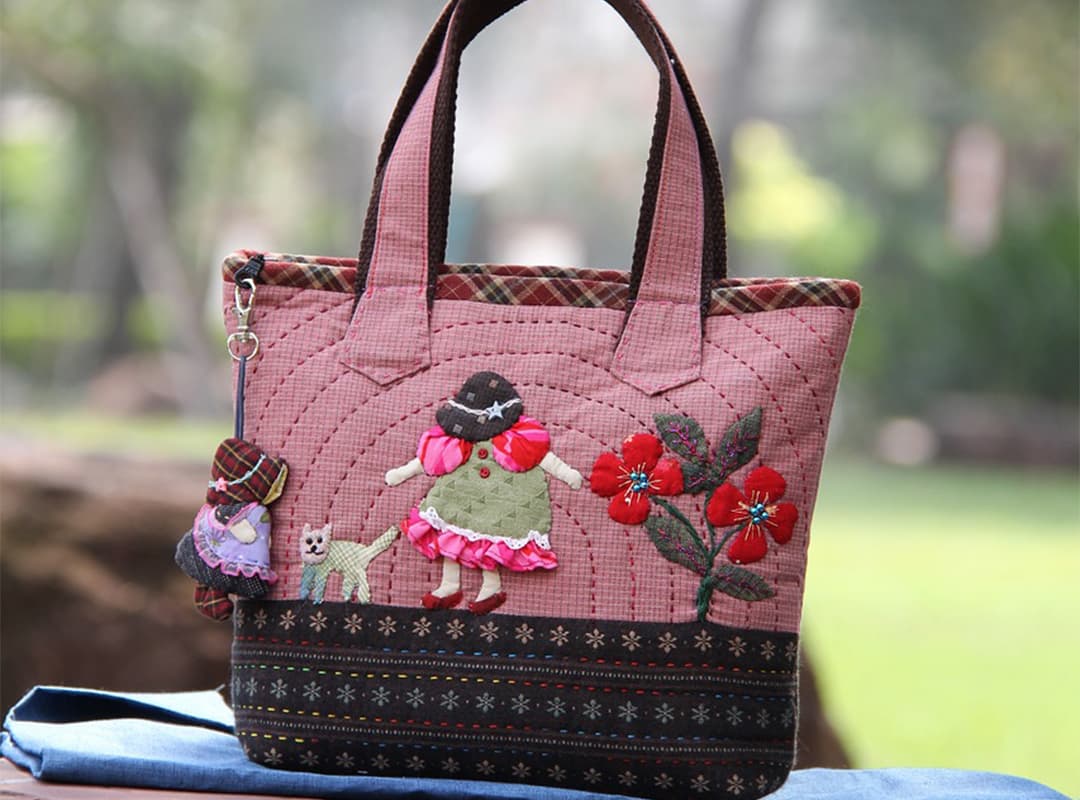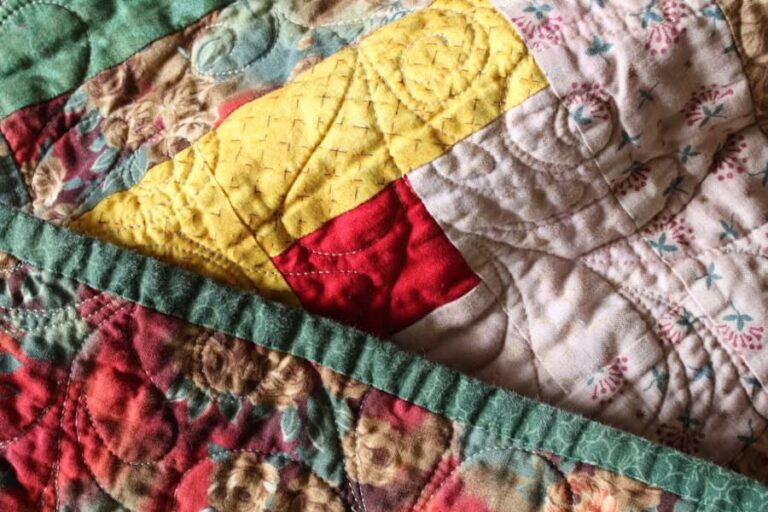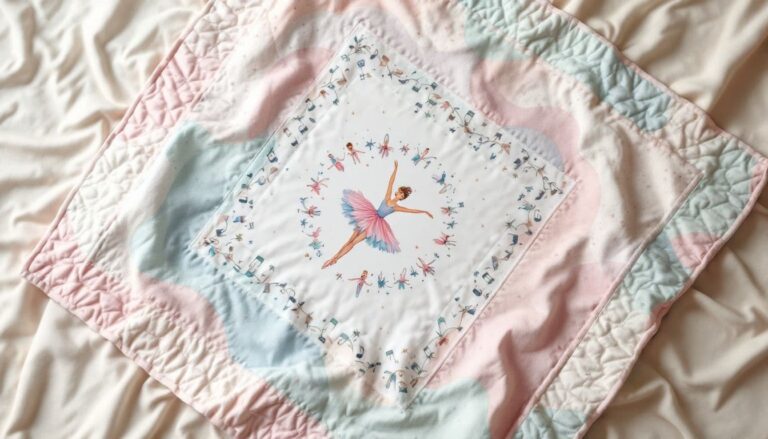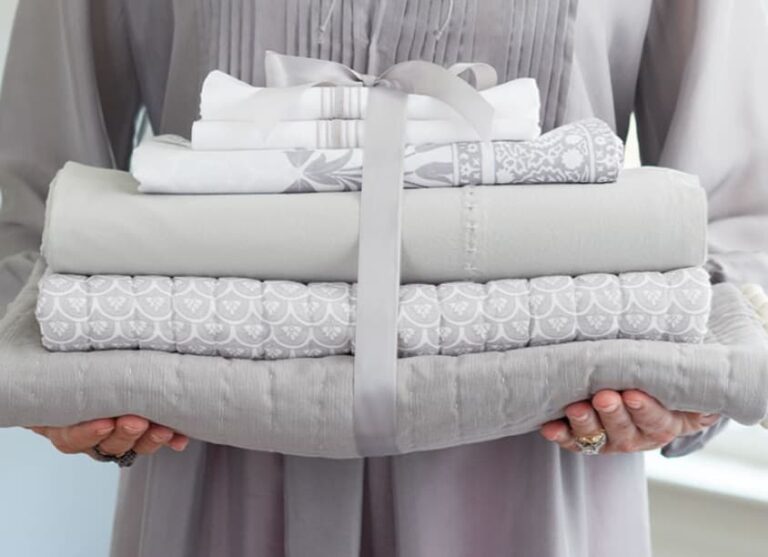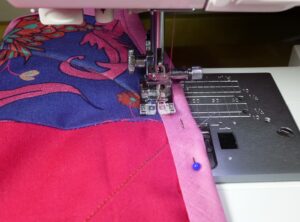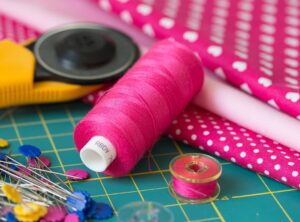In a world increasingly focused on sustainability, giving old clothes a second life through quilting is both an environmentally friendly and creatively fulfilling endeavor. By repurposing unwanted garments, you can craft beautiful, one-of-a-kind quilted items while reducing waste. This guide will walk you through the process of turning old clothing into stunning quilts, with a reference to useful resources such as the Hamilton Fabrics website for fabric supplies and inspiration.
1. Selecting the Right Garments
The first step in turning old clothes into quilted creations is selecting which garments to repurpose.
a. Choose High-Quality Fabrics
- Durability: Opt for garments made from durable fabrics such as denim, wool, or cotton. These materials hold up well when used in quilts and provide a unique texture and character.
- Patterns and Colors: Consider the patterns and colors of the garments. Mixing and matching different fabrics can add visual interest and depth to your quilt.
b. Assess Condition
- Wear and Tear: Ensure that the garments are in good enough condition for repurposing. Avoid clothes with excessive wear or damage that might affect the integrity of your quilt.
2. Preparing Your Garments
Preparing old clothes for quilting involves several steps to ensure they are ready for use in your project.
a. Clean and Press
- Cleaning: Wash the garments to remove any dirt or residues. This also helps pre-shrink the fabric, reducing the risk of future shrinkage in your finished quilt.
- Pressing: Iron the garments to remove wrinkles and make the fabric easier to work with. Pressing also helps in cutting accurate pieces.
b. Cutting Fabric
- Remove Seams and Hems: Take apart the garments carefully, removing seams and hems. This allows you to use the fabric more efficiently and integrate different parts into your quilt.
- Cutting Shapes: Cut the fabric into manageable pieces or squares. Consider using a rotary cutter and ruler for precise cuts and to minimize waste.
3. Designing Your Quilt
Designing your quilt is a fun and creative step where you can make the most of your repurposed fabrics.
a. Layout Planning
- Design Your Pattern: Plan your quilt layout and design. You might opt for a traditional patchwork pattern or a more modern design. The Hamilton Fabrics website offers various quilt patterns and ideas that can inspire your design.
- Fabric Placement: Arrange your fabric pieces to see how they work together. Experiment with different layouts to achieve a balanced and visually appealing design.
b. Piecing and Sewing
- Piecing Together: Start piecing your fabric together according to your design. Use a quarter-inch seam allowance and make sure to match the edges accurately for a polished finish.
- Sewing Techniques: Consider using techniques like foundation piecing or applique to add intricate details to your quilt. These techniques can help you make the most of your fabric scraps.
4. Assembling and Quilting
Once your quilt top is pieced together, it’s time to assemble and quilt it.
a. Layering
- Backing Fabric: Choose a backing fabric that complements your quilt top. You might use a solid color or a pattern that ties the quilt together.
- Batting: Add a layer of batting between the quilt top and backing. Batting adds warmth and provides a cushioned feel to the quilt.
b. Quilting
- Quilting Methods: You can quilt by hand or use a sewing machine. Hand quilting adds a personal touch, while machine quilting can be faster and more precise.
- Finishing: Once quilted, trim any excess fabric and add binding to the edges. The binding not only finishes the quilt but also gives it a clean, polished look.
5. Caring for Your Quilted Creations
Proper care ensures that your quilted items remain beautiful and durable for years to come.
a. Washing
- Gentle Cycle: Wash your quilt on a gentle cycle with cold water. Avoid harsh detergents that could damage the fabric or affect the colors.
- Drying: Air-dry your quilt to preserve its shape and fabric. Avoid using a tumble dryer, which can cause shrinkage.
b. Storage
- Storing: Store your quilts in a cool, dry place. Avoid exposure to direct sunlight, which can cause fading.
6. Finding Resources and Inspiration
For additional resources, fabric supplies, and inspiration, visit the Hamilton Fabrics website. This site offers a wide range of quilting fabrics, patterns, and tools that can complement your repurposing projects and help you find the perfect materials for your quilt.
Transforming old clothing into beautiful quilted creations is a rewarding way to practice sustainability and creativity. By carefully selecting and preparing your garments, designing a thoughtful quilt layout, and using the right techniques, you can turn unwanted items into cherished quilts. Utilizing resources like the Hamilton Fabrics website can further enhance your quilting experience, providing you with inspiration and materials to bring your repurposing projects to life.
With these tips, you’ll be able to create unique, eco-friendly quilts that tell a story and contribute positively to the environment.
